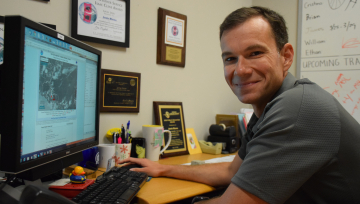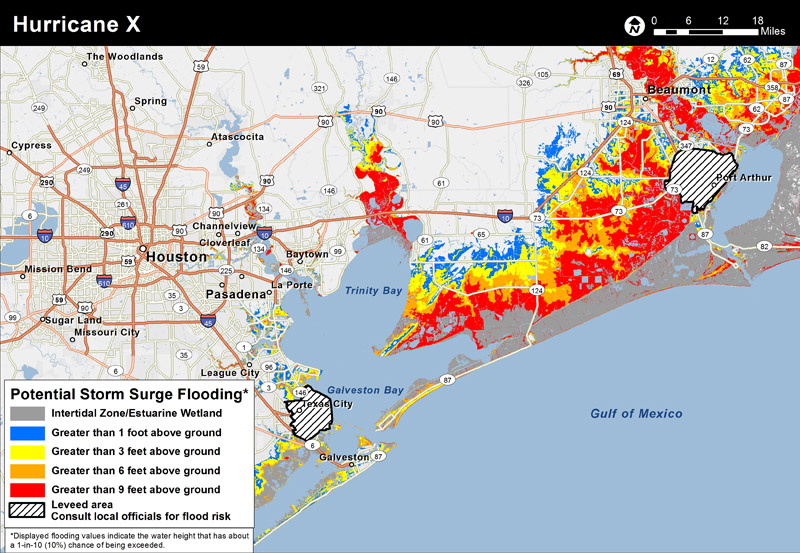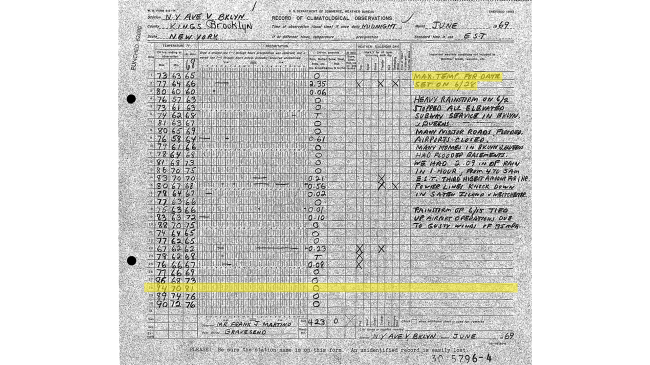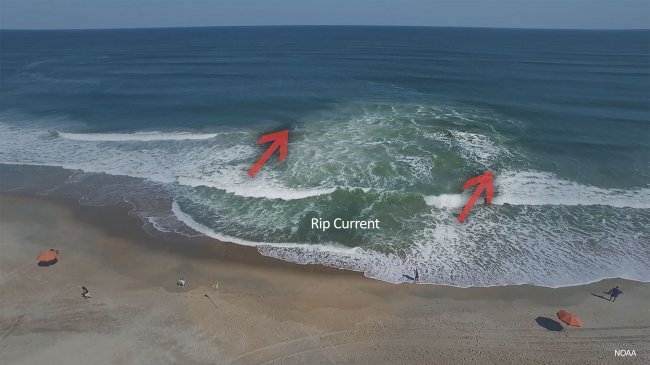Storm surge, it sounds foreboding and it’s responsible for more deaths than any other danger associated with tropical cyclones. However, many people are not aware of the hazards. NOAA’s National Hurricane Center is leading the charge to change that.
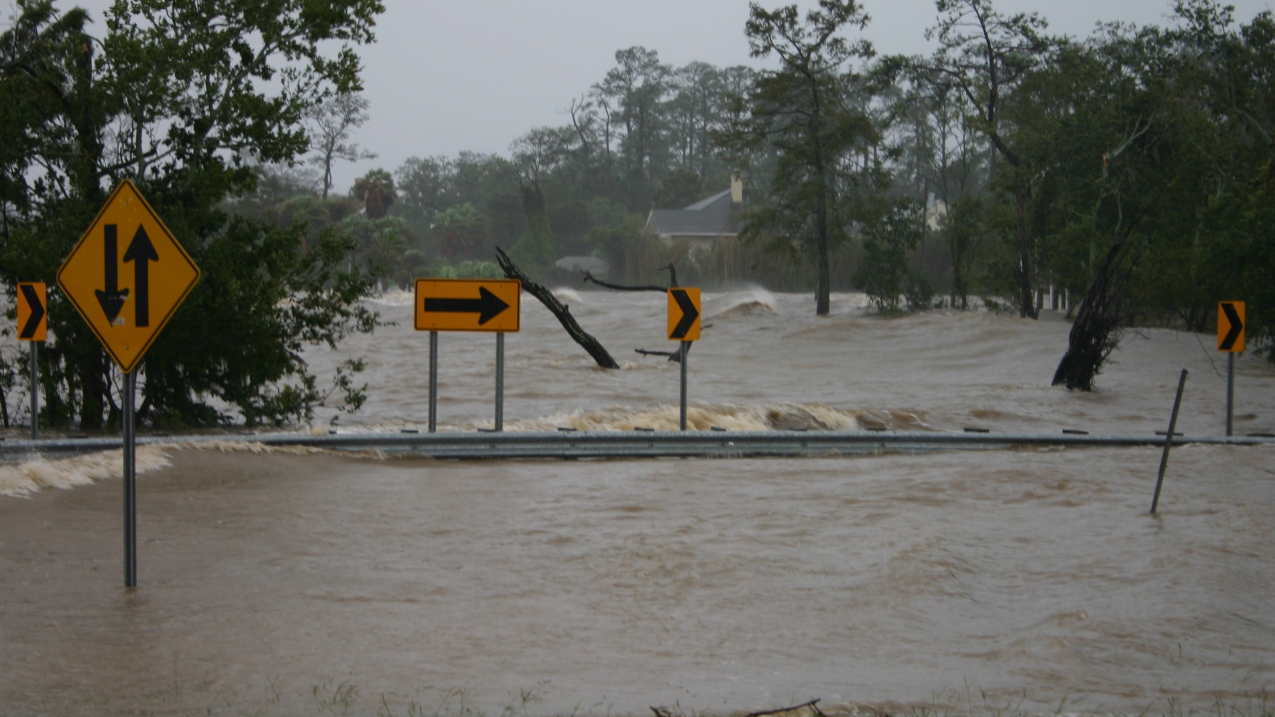
On August, 29, 2012, Hurricane Isaac brought torrential rain to the New Orleans area. This rainfall created a surge on Lake Pontchartrain that rivaled levels seen during Hurricane Katrina in 2005. (Image credit: Lt. Conrad H. Franz/Lake Pontchartrain Causeway Police)



